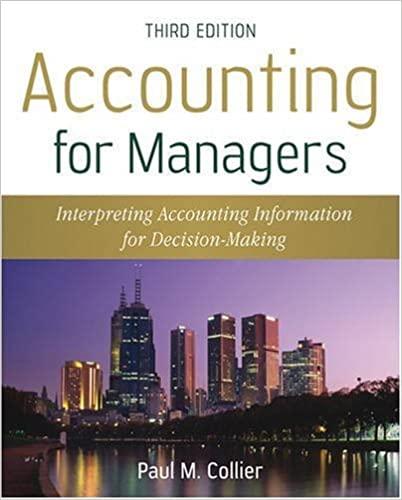Answered step by step
Verified Expert Solution
Question
1 Approved Answer
return required on a relatively risk less security in a non-inflationary situation and the risk premium to compensate investors for the uncertainty associated with the

return required on a relatively risk less security in a non-inflationary situation and the risk premium to compensate investors for the uncertainty associated with the investment in the said security 4.3% is a very low figure and therefore when inflation is @ 15% p.a., money cost of capital should much higher than 20%. This project might have been rejected if money cost of capital is calculated correctly Illustration 11: A Company is reviewing an investment proposal in a project involving a capital outlay of Rs. 90, 00,000 in plant and machinery. The project would have a life of 5 years at the end of which the plant and machinery could reach a resale value of Rs. 30, 00,000. Further the project would also need a working capital of Rs. 12, 50,000 which would be built during the year 1 and to be released from the project at the end of year 5. The project is expected to yield the following cash profits: 49 Year 1 2 3 4 5 Cash profit (Rs.) 35,00,000 30,00,000 25,00,000 20,00,000 20,00.000 A 25% depreciation for plant and machinery is available on WDV basis as Income-tax exemption. Assume that the Corporate Tax is paid one year in arrear of the periods to which it relates and the first year's depreciation allowance would be claimed against the profits of year 1. The Assistant Management Accountant has calculated NPV of the project using the company's corporate target of 20% pre-tax rate of return and has ignored the taxation effect in the cash flows. As the newly recruited Management Accountant, you realise that the project's cash flows should incorporate the effects of tax. The Corporate Tax is expected to be 35% during the life of the project and thus the company's rate of return post-tax is 13% (65% of 20%) Your Assistant is surprised to note the difference between discounting the pre-tax cash flows at a pre-tax DCF rate and post- tax cash flows at a post-tax rate. Required: a. Calculate the NPV of the project as the Assistant Management Accountant would have calculated it; b. Re-calculate the NPV of the project taking tax into consideration; c. Comment on the desirability of the project vis-a-vis your findings in (b)
Step by Step Solution
There are 3 Steps involved in it
Step: 1

Get Instant Access to Expert-Tailored Solutions
See step-by-step solutions with expert insights and AI powered tools for academic success
Step: 2

Step: 3

Ace Your Homework with AI
Get the answers you need in no time with our AI-driven, step-by-step assistance
Get Started


